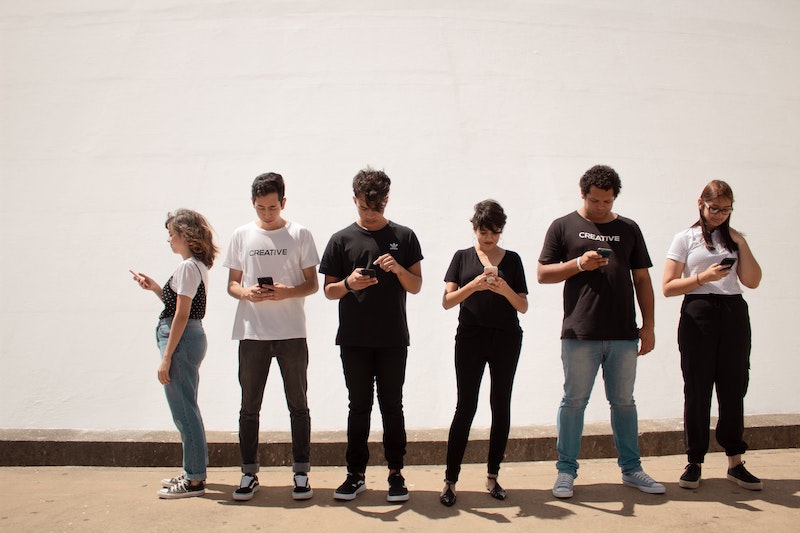In the September/October 2005 issue of Business Reform magazine, I wrote an article titled “The Law of Mobility” in which I made the claim “So far there have been two major technology mega-trends that have defined business in the information age. The first was the personal computer. The second was the Internet. I believe we’re on the cusp of the third, which is mobility.”
Believe it or not, my views were considered pretty radical at the time, but I was so convinced that businesses needed to think about this future that I started working on a book. The manuscript for The Power of Mobility was due to the publisher in January 2007, the same month that Steve Jobs announced the iPhone. The book was released in September of that year, almost 15 years ago today and three months after the first iPhone went on sale. That Apple device captured the public’s imagination and provided a first glimpse of what the mobility revolution would really look like.
At this point, I think it’s safe to say that I was right. The way that we consume content, hear about news, and interact with others has fundamentally changed because of the mobility revolution. And of course, that has had tremendous implications for all kinds of businesses. Some of this has been good, maybe even very good. Much of it has introduced real challenges, both to our lives and to our businesses.
In the article linked below I reflect on how the power and danger of mobility have played out over the past 15 years and how we should think about the next 15 years as the Connected Intelligence revolution plays out, including these observations:
Often the power can become the danger. We are always superficially connected with many “friends”, which makes it harder for us to develop meaningful relationships. We are freed from the constraints of time and place, which means that we can easily become disconnected from “reality.” It’s not hard to see a connection between the danger of technology and the recent trends in depression, other forms of mental health, suicide, and violent crime. What can we do to reverse these trends? Can the power of technology be part of the solution, or do we simply need to find balance between our technology-powered “freedom” and our need for meaningful connections and relationships? What role do businesses play in nurturing this balance for their employees and customers?
I don’t have the answers, but I hope we can meaningfully engage in finding answers.

